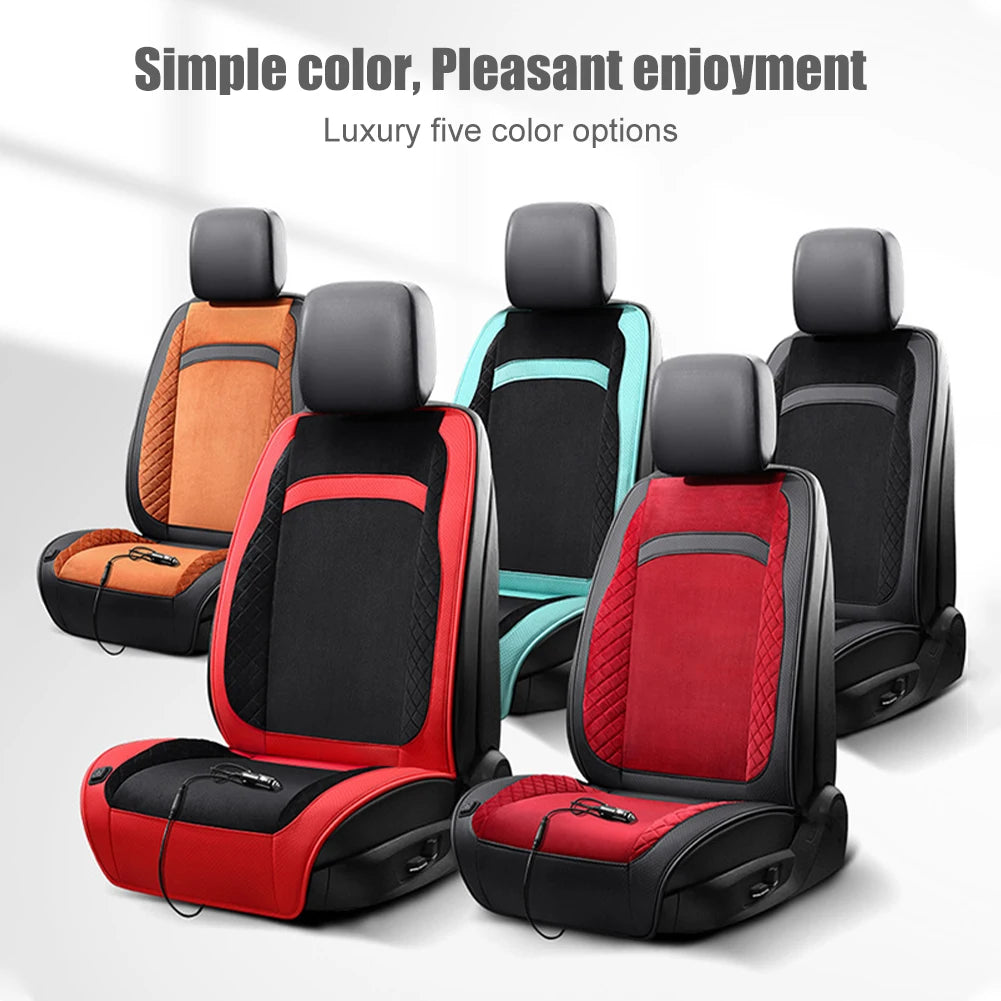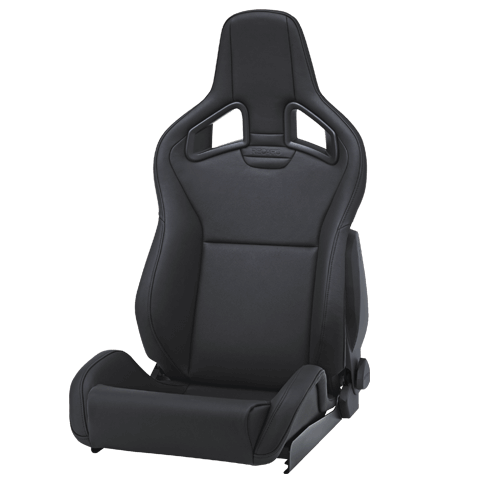The Importance of Seat Cushions for Spine Alignment in Cars
In today's fast-paced world, many people spend a significant amount of time commuting or traveling in their cars. With this comes the potential for long hours spent sitting in a less-than-ideal posture. This can have a negative impact on our spine health, leading to discomfort, pain, and even long-term spinal problems.
Thankfully, there is a solution: seat cushions designed specifically for spine alignment. These cushions provide much-needed support and can make a significant difference in promoting good posture and preventing spine-related issues. In this comprehensive guide, we will explore the benefits of using a seat cushion for spine alignment in cars, key features to consider when choosing a cushion, and tips for optimal use.
Types of Seat Cushions for Spine Alignment

When it comes to seat cushions for spine alignment, there is no one-size-fits-all option. There are various types of cushions available on the market, each with its own unique features and benefits. Let's take a look at the most common types of seat cushions for spine alignment:
Memory foam
Memory foam is a popular material used in seat cushions for spine alignment. It molds to the shape of your body, providing personalized support and evenly distributing your weight. This helps to reduce pressure and promote proper spine alignment. Memory foam also has the added benefit of retaining its shape, ensuring long-lasting support.
Gel
Gel seat cushions for spine alignment use a layer of gel on top of a foam base. The gel helps to distribute body weight evenly, preventing any one point from bearing too much pressure. It also has cooling properties that can be beneficial during long drives in hot weather. However, some users may find gel cushions to be too soft and lacking in support.
Air
Air cushions are another popular choice for spine alignment. They are made up of multiple air-filled cells that can be adjusted to the desired firmness. This allows for customizable support and can be beneficial for those with specific spine conditions. However, air cushions may require more frequent adjustments to maintain optimal support.
Combination
Some seat cushions combine different materials, such as foam and gel or foam and air, to provide a balance of support and comfort. These cushions may be a good option for those who want the benefits of multiple materials in one cushion.
Benefits of Using a Seat Cushion for Spine Alignment in Cars

Now that we have explored the various types of seat cushions for spine alignment, let's take a look at the benefits of using one in your car:
Improved posture
Spending long hours sitting in a car can put a strain on our spines, leading to poor posture. Seat cushions designed for spine alignment help to maintain the natural curvature of the spine, reducing pressure on the lower back and encouraging proper posture. This not only helps to prevent spine-related issues but can also improve overall appearance and confidence.
Reduced back pain and stiffness
Sitting in an unsupportive position for extended periods can cause discomfort and stiffness in our backs. By supporting the spine and aligning it correctly, seat cushions relieve pressure on nerves and muscles, reducing discomfort and stiffness. This can be particularly beneficial for those with existing back pain or those prone to muscle tension.
Enhanced circulation
Proper spine alignment promotes blood flow throughout the body, reducing fatigue and improving alertness. When we sit in an unsupportive position, it can restrict blood flow to certain areas, leading to numbness or tingling sensations. A seat cushion for spine alignment can help to distribute weight more evenly and promote better circulation.
Prevention of spinal problems
Long-term use of seat cushions for spine alignment can help prevent or mitigate spinal problems such as herniated discs, sciatica, and spinal stenosis. By providing consistent support and promoting good posture, these cushions can significantly reduce the risk of developing these issues.
Choosing the Right Seat Cushion for Your Needs
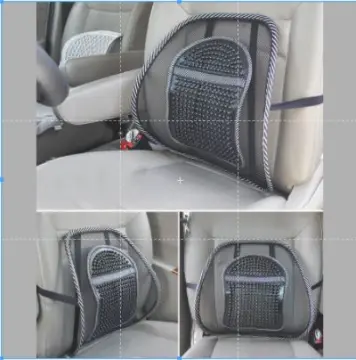
With so many options available, it can be overwhelming to choose the right seat cushion for your needs. Here are some key features to consider when making your decision:
Size and shape
Seat cushions come in various sizes and shapes, so it's essential to choose one that fits your car seat comfortably. You want a cushion that provides support for your entire back, from your lower back to your upper back and shoulders. It should also fit snugly on your seat to prevent it from shifting around while driving.
Material
As mentioned earlier, there are different types of materials used in seat cushions for spine alignment. Consider which material would best suit your needs and provide the level of support and comfort you desire.
Thickness and density
The thickness and density of a cushion play a crucial role in its level of support. A thicker cushion may provide more support but could also take up more space on your seat. Likewise, a denser cushion will be firmer than a less dense one. Consider your personal preferences and any specific spine conditions you have when choosing the right thickness and density for your cushion.
Portability and storage
If you frequently switch between cars or use public transportation, you may want to consider a portable and easily storable cushion. Some cushions come with carrying handles or can be folded for convenient storage.
Budget
Seat cushions for spine alignment can range in price from affordable to high-end. Consider your budget and what features are most important to you when making your decision.
Proper Positioning of a Seat Cushion for Optimal Spine Alignment

Now that you have chosen the perfect seat cushion for your needs, it's essential to position it correctly for optimal spine alignment. Here are some tips to help you achieve this:
- Place the cushion so that it supports your entire back, from your lower back to your upper back and shoulders.
- Ensure that the cushion is centered on your seat and not tilted to one side.
- Adjust the thickness and density of the cushion, if possible, to find the perfect level of support for your spine.
- Make sure the cushion is securely in place and does not slip or shift while driving.
It may take some trial and error to find the best positioning for your cushion, so don't be afraid to make adjustments as needed.
Regular Maintenance and Care of Your Seat Cushion
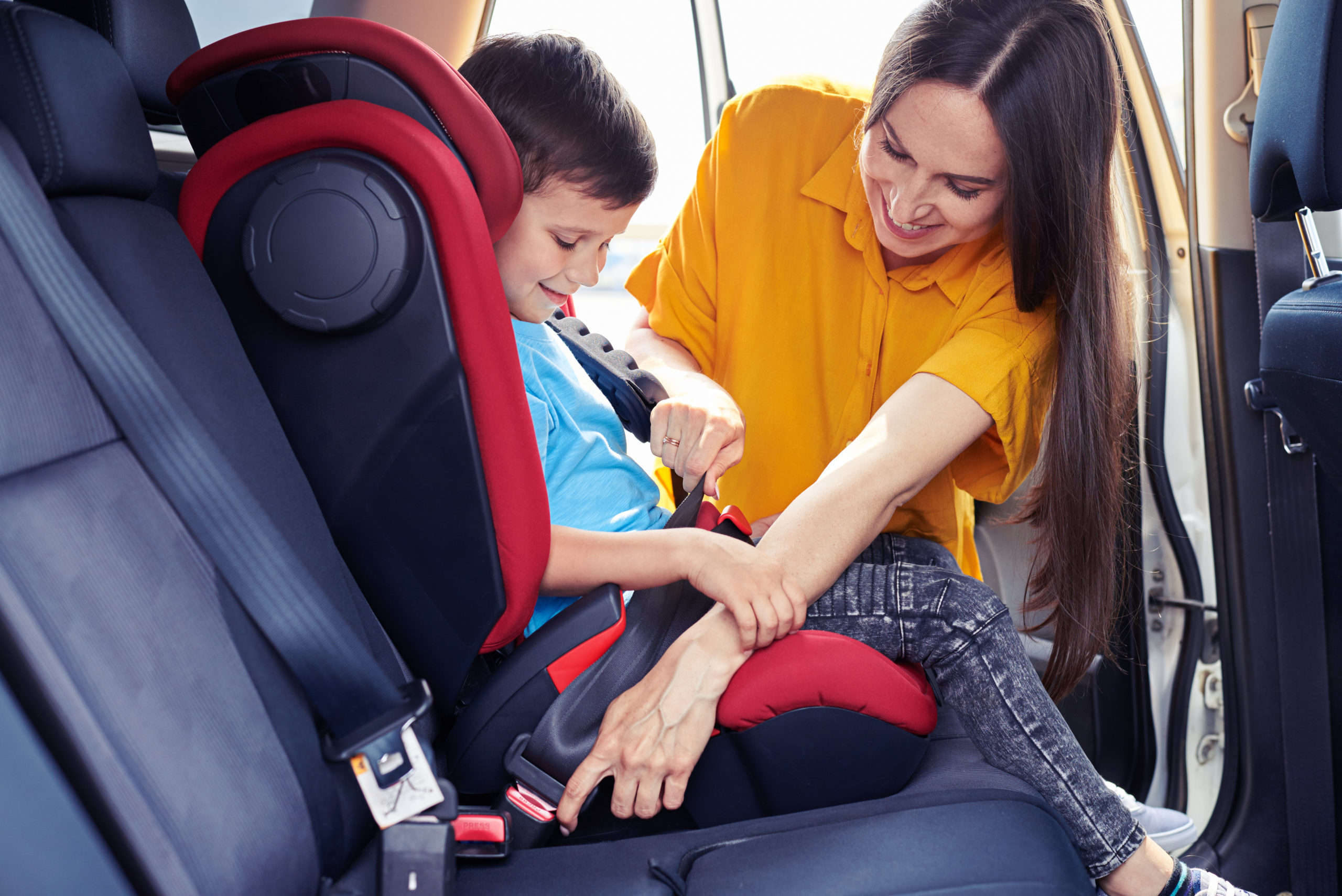
To ensure your seat cushion for spine alignment remains effective and comfortable, it's essential to maintain and care for it properly. Here are some tips to help you keep your cushion in top condition:
- Follow the manufacturer's instructions for cleaning and maintenance.
- Check for any signs of wear and tear, such as flattening or loss of support, and replace the cushion if necessary.
- If your cushion has a removable cover, wash it regularly to keep it clean and fresh.
- Store your cushion in a cool, dry place when not in use.
Proper maintenance and care can help prolong the lifespan of your cushion and ensure it continues to provide the support and comfort you need.
Seat Cushions for Drivers with Specific Spine Conditions
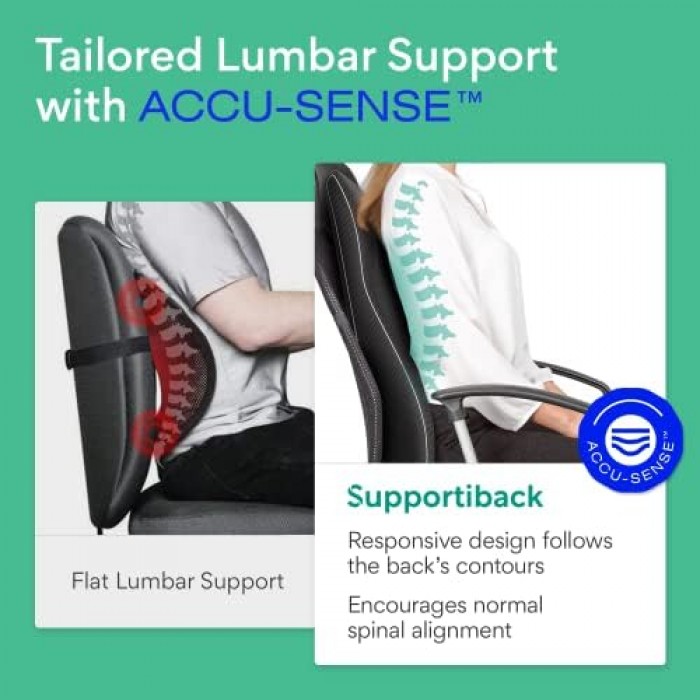
Some drivers may require additional support due to specific spine conditions. Fortunately, there are seat cushions designed to cater to these needs. Here are some examples:
Sciatica
Sciatica is a spinal condition characterized by pain, numbness, and tingling that radiates down one leg. For those who suffer from sciatica, a coccyx cushion can be beneficial. This type of cushion has a cut-out at the back to relieve pressure on the tailbone, which can alleviate discomfort caused by sciatic nerve compression.
Herniated disc
A herniated or slipped disc occurs when the soft inner core of a spinal disc protrudes through its outer layer. This can cause pain and discomfort, especially while sitting. A lumbar support cushion can help to reduce pressure on the lower back, providing relief for those with a herniated disc.
Spinal stenosis
Spinal stenosis is a narrowing of the spinal canal that can put pressure on nerves and cause pain, numbness, or weakness in the back, legs, or arms. A cushion with a coccyx or lumbar support, along with an ergonomic design, can help alleviate discomfort and pressure on the spine.
If you have a specific spine condition, consult with your doctor before purchasing a seat cushion to ensure it is suitable for your needs.
Advanced Seat Cushions with Additional Features

As technology advances, so does the design of seat cushions for spine alignment. Here are some additional features you may come across:
- Heating and cooling: Some cushions come with heating or cooling capabilities, which can be beneficial for those who experience back pain due to inflammation or muscle tension.
- Massage functions: Certain seat cushions come with built-in massage functions, providing additional comfort and relaxation for long drives.
- Posture monitoring: Advanced seat cushions may come with sensors that monitor your posture and provide feedback or reminders to adjust your position if needed.
- Smart connectivity: With the rise of smart technology, there are now seat cushions that connect to your smartphone, allowing you to track your usage and progress towards better spine health.
While these features may come at a higher cost, they can provide added benefits for those looking for a more advanced seat cushion.
The Future of Seat Cushions for Spine Alignment
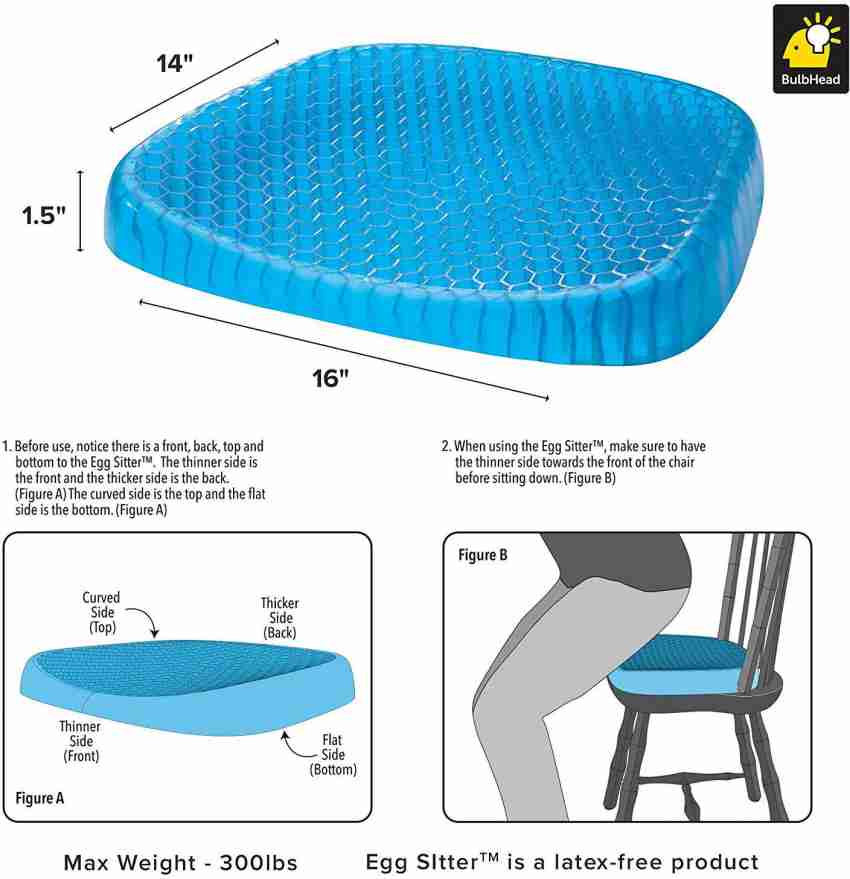
As we become more aware of the importance of maintaining good spine health, the demand for seat cushions for spine alignment will likely continue to increase. Manufacturers are constantly researching and developing new materials and technologies to improve the effectiveness and comfort of these cushions. In the near future, we can expect to see even more advanced seat cushions with additional features and improved designs.
Conclusion
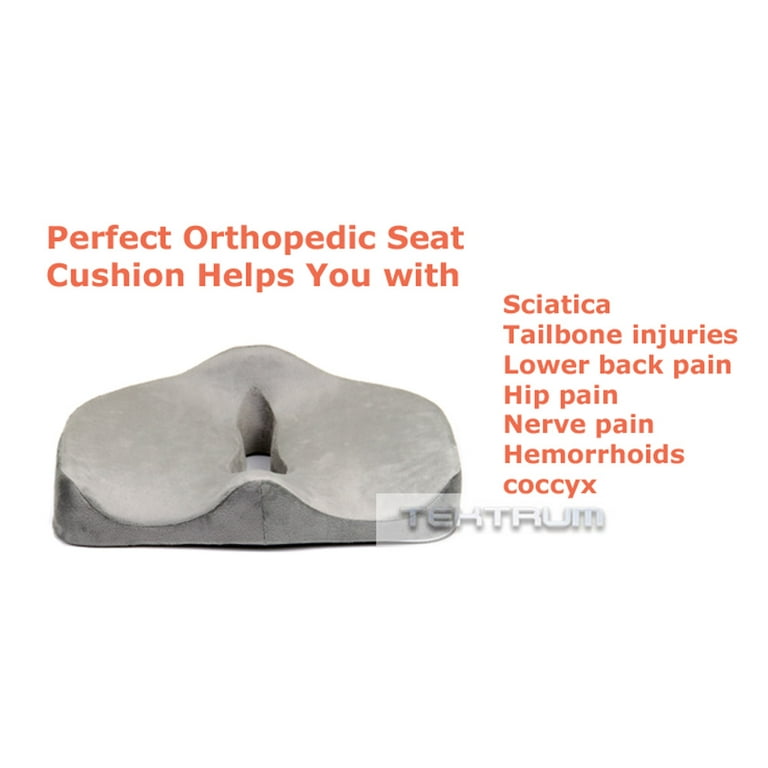
Maintaining proper spine alignment is crucial for our overall health and well-being, especially during long hours spent in the car. Investing in a seat cushion specifically designed for spine alignment can provide numerous benefits, including improved posture, reduced back pain and stiffness, enhanced circulation, and prevention of spinal problems. Consider your individual needs and preferences when choosing the right seat cushion for you, and don't forget to properly position and maintain it for optimal results. With the right seat cushion, you can have a more comfortable and healthier driving experience.

